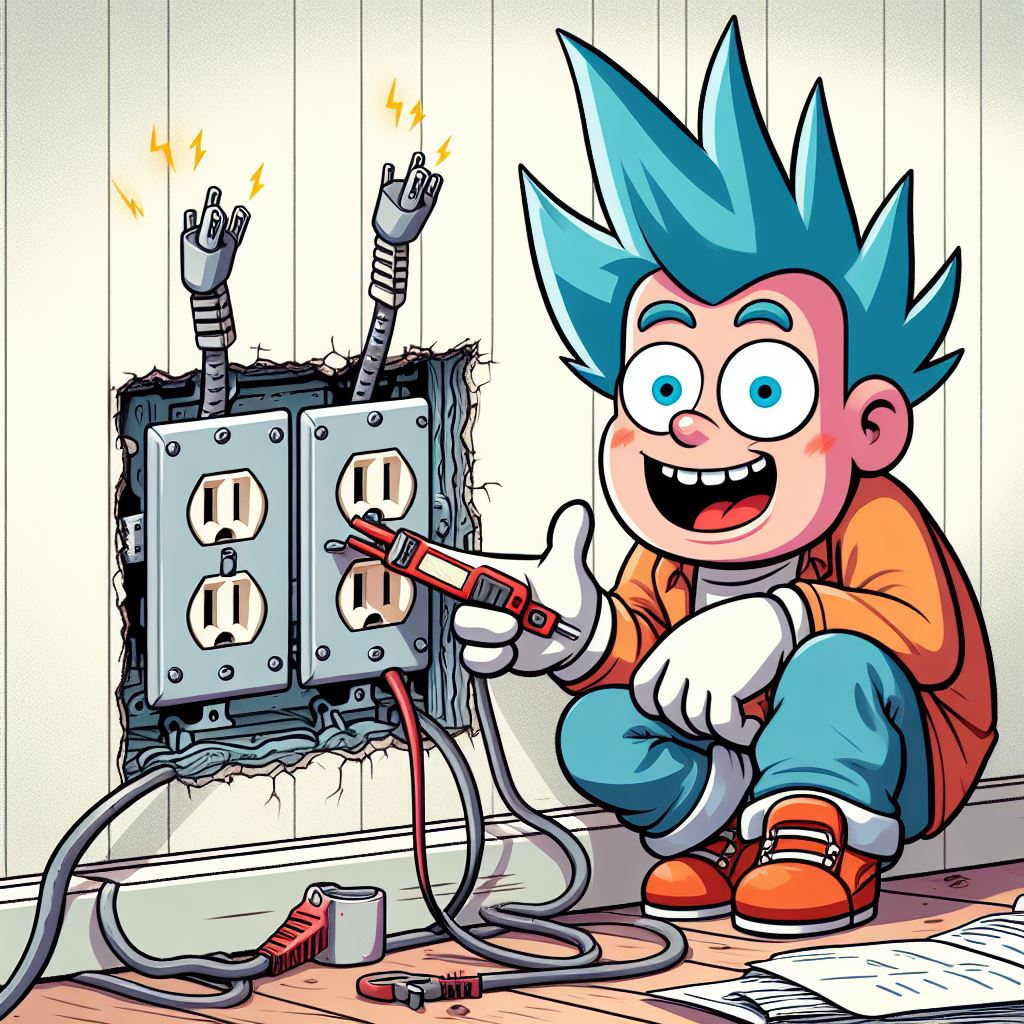The Pros and Cons of Using Self-Drilling Screws in Your Mounting Projects
Self-drilling screws are a convenient and efficient solution for many mounting projects, allowing you to skip the pre-drilling step and quickly secure items to drywall, wood, or metal. Their sharp threads provide a strong hold, and they work well for both DIY and professional installations. However, they may not be ideal for harder materials like concrete, and they can be more expensive than regular screws. While they offer speed and versatility, it’s important to consider the material and specific needs of your project before choosing self-drilling screws.

